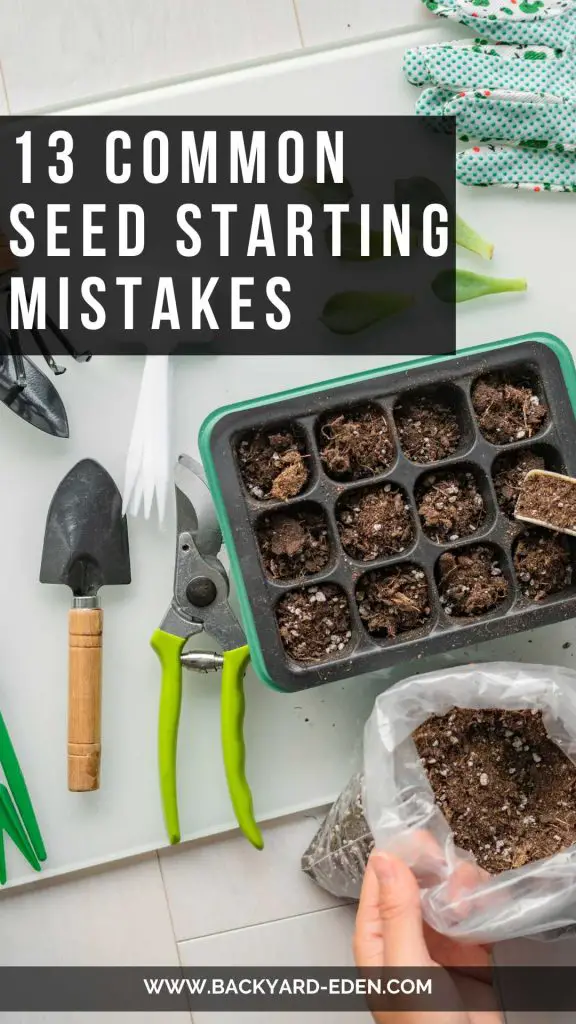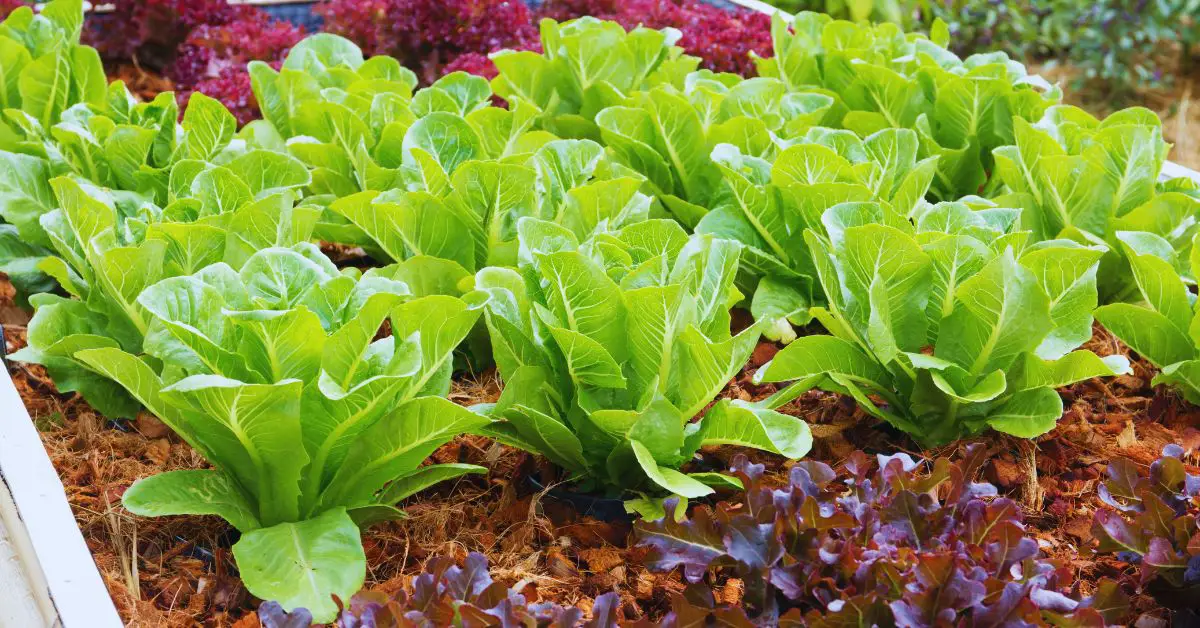When it comes to gardening, seed starting is a thrilling adventure. The prospect of nurturing tiny seeds into robust plants is both exciting and rewarding. However, along the way, many gardeners, including myself, have stumbled upon various pitfalls.
In this article, I’ll share my experiences and knowledge to help you avoid 13 common seed-starting mistakes that can hinder your gardening success. Whether you’re a seasoned gardener or just starting out, read on to ensure your seedlings thrive and flourish.
Mistake #1: Choosing the Wrong Seeds
Choosing the right seeds is the first crucial step in seed starting. I’ve learned that it’s essential to consider your climate, experience level, and garden space. Opt for seeds that match your region’s climate and your expertise. Researching seed viability is also vital; you can do this by performing a simple germination test. Place a few seeds between damp paper towels and observe their germination rate. This way, you’ll ensure you’re working with viable seeds from the get-go.
Mistake #2: Poor Soil Preparation
Creating the perfect seed starting mix is a game-changer. It should be well-draining, lightweight, and nutrient-rich. I recommend mixing ingredients like peat moss, perlite, and vermiculite to create an ideal soil mix. Moreover, sterilizing the soil can prevent diseases from affecting your seedlings. You can do this by baking the soil in the oven or using a microwave. Remember, healthy soil equals healthy seedlings.
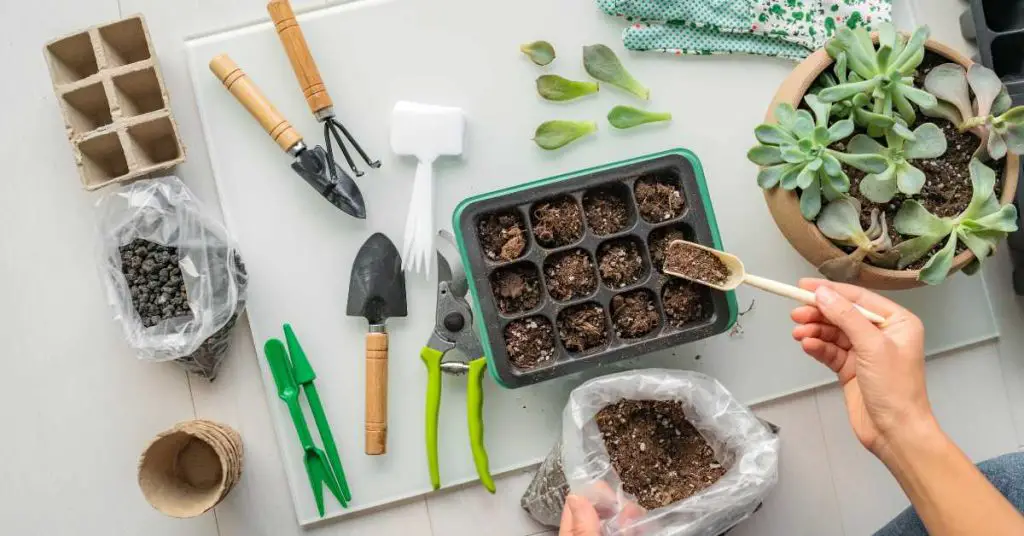
Mistake #3: Incorrect Sowing Depth
Planting seeds at the wrong depth can lead to poor germination rates. The depth varies depending on the seed type, so it’s crucial to follow instructions on the seed packet. Generally, smaller seeds should be planted closer to the surface, while larger seeds require deeper planting. A general rule of thumb is to plant seeds at a depth that’s about two to three times their diameter.
Mistake #4: Overwatering
Overwatering is a common mistake that can drown your seedlings. It’s crucial to find the right balance. I’ve found that using a spray bottle to mist the soil surface can help maintain proper moisture levels without drowning your seeds. Seedlings need consistent moisture, but not soggy conditions. Keep a close eye on the soil’s moisture content, and water only when it starts to dry out slightly.
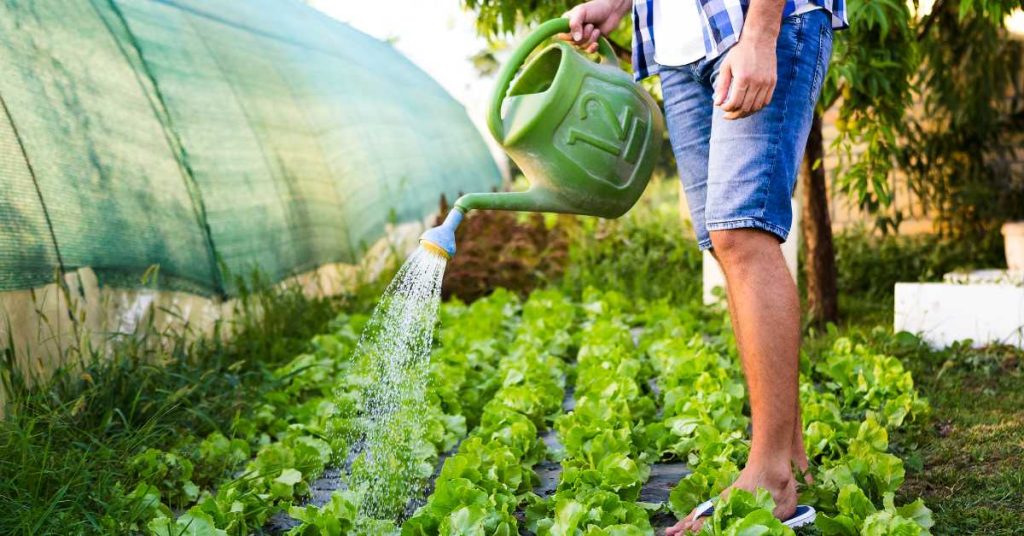
Mistake #5: Underwatering
On the flip side, underwatering can be equally harmful. Seedlings can quickly wither and die if they don’t receive enough water. To avoid this, check your seedlings daily and water when the top inch of soil feels dry to the touch. A good practice is to water gently from the bottom by placing your seed trays in a shallow tray of water and allowing them to soak up moisture through the drainage holes.
Mistake #6: Inadequate Lighting
Insufficient light is a common pitfall when starting seeds indoors. Seedlings require 12-16 hours of light per day. If natural sunlight is lacking, consider using artificial grow lights. Position the lights just a few inches above the seedlings and adjust their height as the plants grow. This prevents seedlings from becoming leggy and ensures they develop strong, sturdy stems.
Mistake #7: Ignoring Temperature Needs
Temperature plays a significant role in seed germination and growth. Different plants have varying temperature requirements for germination. Ensure your seed trays are placed in an area where the temperature consistently falls within the recommended range for your chosen seeds. Using a seedling heat mat can also help maintain the ideal temperature.
Mistake #8: Crowding Seedlings
Overcrowding your seedlings can lead to competition for resources, resulting in weaker plants. Proper spacing is key. As your seedlings grow, thin them out by removing the weaker ones, allowing the strongest ones to thrive. Aim for the spacing recommended on the seed packet.
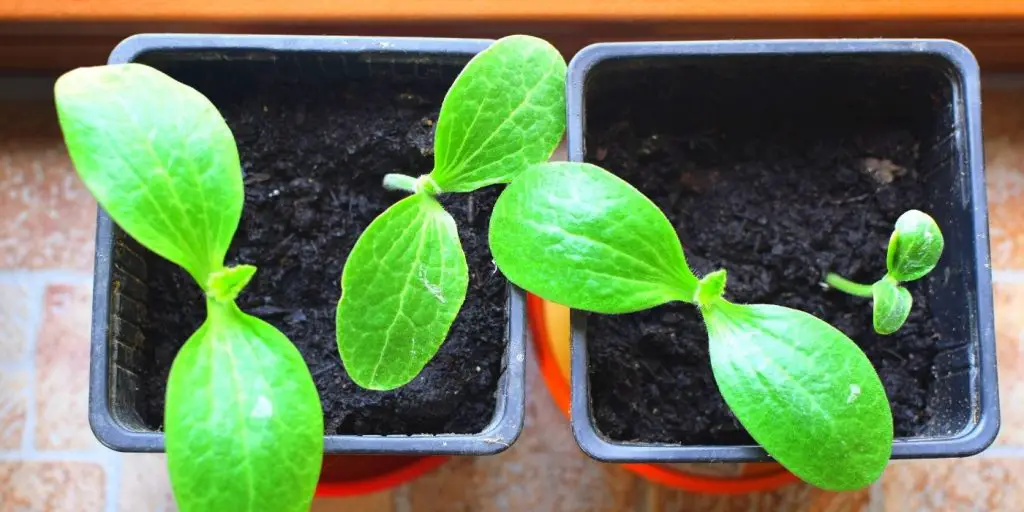
Mistake #9: Neglecting Ventilation
Good airflow is essential for preventing diseases and promoting strong seedlings. Use a fan set on low to provide gentle airflow. This helps prevent mold and keeps the air fresh around your seedlings. Just be sure the fan doesn’t blow directly on the plants to avoid stressing them.
Mistake #10: Skipping Hardening Off
Hardening off your seedlings is a critical step before transplanting them outdoors. Gradually acclimate them to outdoor conditions by placing them outside for a few hours each day, gradually increasing the time and exposure. This prepares them for the harsher outdoor environment and reduces transplant shock.
Mistake #11: Fertilizing Too Early or Too Late
Timing is everything when it comes to fertilizing seedlings. Generally, it’s best to start fertilizing when your seedlings have developed their first set of true leaves. Use a diluted, balanced liquid fertilizer to provide essential nutrients without overwhelming delicate roots.
Mistake #12: Neglecting Pest and Disease Prevention
Protecting your seedlings from pests and diseases is crucial. I’ve found that using organic pest control methods such as neem oil or introducing beneficial insects can help. Additionally, keeping your growing area clean and practicing good sanitation can go a long way in preventing problems.
Mistake #13: Transplanting Too Soon or Too Late
Transplanting at the right time is essential for seedling success. I recommend transplanting seedlings when they have at least two sets of true leaves and have outgrown their initial containers. Ensure the outdoor conditions are suitable, and transplant on a cloudy day or in the late afternoon to minimize stress.
Frequently Asked Questions
Can I Use Regular Garden Soil for Starting Seeds?
Using regular garden soil for starting seeds is not advisable. Garden soil may contain pathogens, pests, and weed seeds that can be detrimental to your seedlings. It also tends to be denser and less well-draining than the seed starting mix, which can lead to poor germination and root development.
Instead, opt for a high-quality seed starting mix or create your own using a combination of ingredients like peat moss, perlite, and vermiculite. These materials provide a lightweight, well-draining, and sterile environment that promotes healthy seedling growth.
Should I cover my seed trays with plastic wrap?
Covering your seed trays with plastic wrap can be a useful technique, especially during the germination stage. It creates a mini-greenhouse effect, maintaining higher humidity levels around the seeds and helping with germination.
However, once your seedlings start to emerge, it’s crucial to remove the plastic wrap. Keeping it on can lead to excessive moisture, mold growth, and poor air circulation, which can harm your seedlings.
Transition to a proper seedling cover or plastic dome that allows for better airflow while still maintaining some humidity.
How long does it take for seeds to germinate on average?
The time it takes for seeds to germinate varies depending on the type of plant and environmental conditions. On average, most seeds will germinate within 7 to 21 days under ideal conditions.
Some fast-growing plants, like lettuce or radishes, may sprout in as little as a few days, while others, such as peppers or tomatoes, can take a couple of weeks or more.
To speed up germination, maintain consistent moisture, proper temperature, and adequate light.
What are some common signs of overwatering seedlings?
Overwatering can harm your seedlings, and it’s crucial to recognize the signs early. Common indicators of overwatering include mold or algae growth on the soil surface, yellowing or wilting of the seedling’s leaves, and a waterlogged appearance of the soil.
Seedlings need moisture, but they also require periods of slight drying between watering to encourage healthy root growth. To avoid overwatering, always check the soil’s moisture level before adding more water.
Is it okay to reuse seed starting pots and trays?
Yes, it’s generally acceptable to reuse seed starting pots and trays, but it’s essential to do so with proper care. Before reusing, thoroughly clean and sanitize the containers to prevent the spread of diseases from previous batches of seedlings.
You can wash them with soap and water, followed by disinfection with a diluted bleach solution. Once cleaned, allow them to air dry completely before using them again. Reusing containers is an eco-friendly practice, but maintaining cleanliness is key to successful reuse.
Can I use artificial grow lights for seedlings?
Absolutely! Artificial grow lights are an excellent option for providing consistent and adequate light to your seedlings, especially when natural sunlight is limited or inconsistent. When using grow lights, position them 2 to 3 inches above the seedlings to ensure they receive the right amount of light. Additionally, maintain a light duration of 12 to 16 hours per day.
This setup will help prevent seedlings from becoming leggy and promote healthy, sturdy growth.
What should I do if my seedlings become leggy?
Leggy seedlings, characterized by long, weak stems and sparse foliage, often result from inadequate light. To address this issue, move your seedlings closer to the light source. Ensure that the light is positioned just a few inches above the seedlings, and maintain the recommended light duration of 12 to 16 hours per day. Providing sufficient light will encourage compact, robust growth, and prevent legginess.
Are there any natural ways to deter pests from my seedlings?
Yes, there are several natural methods to deter pests from your seedlings. You can use organic solutions like neem oil, garlic spray, or a mixture of water and dish soap as a homemade insect repellent.
Another effective approach is to introduce beneficial insects like ladybugs, lacewings, or predatory mites, which can help control common garden pests. Additionally, practicing good garden hygiene by removing debris and weeds can reduce hiding places for pests and minimize their presence around your seedlings.
What is the difference between direct sowing and seed starting indoors?
Direct sowing involves planting seeds directly in your garden or outdoor growing space, typically when the weather and soil conditions are suitable for germination and growth. Seed starting indoors, on the other hand, means germinating seeds indoors in a controlled environment, such as trays or pots, before transplanting the seedlings outdoors.
Indoor seed starting allows you to gain a head start on the growing season, protect seedlings from adverse weather, and provide optimal conditions for germination and early growth. It’s particularly useful for starting plants that require a longer growing season or are sensitive to cold temperatures.
Can I transplant seedlings on a cloudy day?
Yes, transplanting seedlings on a cloudy day or in the late afternoon is generally a good practice. Cloudy conditions and cooler temperatures reduce stress on the seedlings during the transplanting process.
The absence of harsh, direct sunlight minimizes the risk of wilting and sunburn, which can occur when transplanting in bright, sunny conditions. However, it’s still essential to water the seedlings well before transplanting and provide proper care after transplanting to ensure their successful establishment in their new outdoor environment.
Final Thoughts
Seed starting is a wonderful journey filled with the promise of new life in your garden. By avoiding these 13 common mistakes, you’ll set your seedlings up for success. Remember to choose the right seeds, provide the best soil mix, and offer proper care in terms of water, light, and temperature.
Don’t forget to follow good gardening practices to prevent issues with pests and diseases. Now, armed with this knowledge, go ahead and sow those seeds with confidence. Your garden will thank you for it!
If you found this article helpful, why not explore more gardening tips and techniques on our website? Discover ways to transform your garden into a vibrant oasis of beauty and productivity. Happy gardening!
